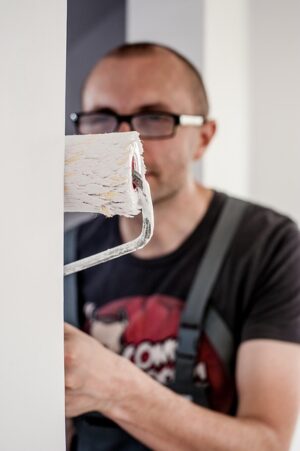Concrete slab cracks, caused by settling, moisture, temperature fluctuations, or construction issues, require prompt repair to prevent further damage. A meticulous crack assessment determines the repair method, from filling and sealing to structural reinforcement. Early intervention, using suitable materials like epoxy or carbon fiber, ensures durability and aesthetics. Proper preparation, matching existing slab material, and adhering to manufacturer guidelines are vital for successful long-lasting crack repair.
Concrete slab restoration is a critical process that involves repairing and reinforcing damaged concrete surfaces, especially cracks. Understanding the common causes of crack formation is the first step towards effective repair. This article delves into various aspects of concrete slab restoration, including assessment techniques, early intervention benefits, and choosing the right materials for long-lasting results. We’ll also guide you through successful crack repair methods, maintenance tips, and common mistakes to avoid. By following these steps, you can ensure a transformed and durable concrete surface.
Understanding Concrete Slab Damage: Common Causes of Cracks
Concrete slabs, though sturdy, are susceptible to damage over time due to various environmental factors and structural stress. Understanding the common causes of cracks is essential in effective concrete slab restoration. One of the primary culprits is structural settling, where the weight of the slab or surrounding structures can cause uneven sinking, leading to surface cracks. This often occurs due to poor soil conditions, improper construction, or changes in moisture levels that affect the concrete’s strength.
Another frequent issue is thermal expansion and contraction. Extreme temperatures can cause concrete to expand or contract, resulting in cracks as the material tries to adjust. These cracks may appear random but are usually more pronounced during dry seasons or in regions with significant temperature fluctuations. Proper crack repair techniques, such as filling and sealing, are crucial to prevent further damage and maintain the structural integrity of the slab.
Assessing the Extent of Crack Repair Needed
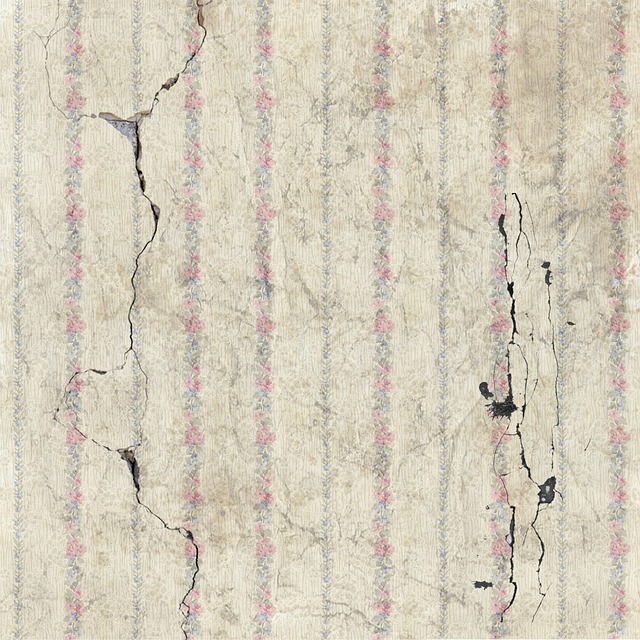
When assessing concrete slab restoration, understanding the extent of crack repair is paramount. The first step involves visually inspecting the slab to identify the type, size, and depth of cracks. This includes assessing both surface-level cracks that might be mere hairline fractures and deeper, more structural issues. Cracks can signal weaknesses in the concrete, often caused by settling, shifting ground, or age-related deterioration.
Professionals will consider factors like the number of cracks, their pattern, and whether they are widening over time. This thorough evaluation determines the extent of crack repair needed, from minor filling and sealing to more complex structural repairs. Proper assessment ensures that only necessary materials and methods are employed, optimizing the restoration process and ensuring the longevity of the concrete slab.
The Importance of Early Intervention in Concrete Restoration

Early intervention plays a pivotal role in concrete slab restoration, especially when addressing cracks. Cracks, no matter how small, can signal underlying structural issues or deterioration caused by various environmental factors like moisture intrusion, freeze-thaw cycles, and chemical reactions. If left unattended, these cracks can progressively worsen, leading to more extensive damage and costly repairs.
Prompt action is key; repairing cracks early in their development not only prevents further erosion but also preserves the overall integrity of the concrete surface. This involves regularly inspecting slabs for any signs of cracking and taking immediate measures to address them, such as applying specialized sealers or conducting crack repair techniques like carbon fiber reinforcement or epoxy injection. Such proactive steps ensure that minor flaws are rectified before they become significant problems, maintaining the durability and aesthetics of concrete structures.
Techniques for Effective Concrete Crack Repair
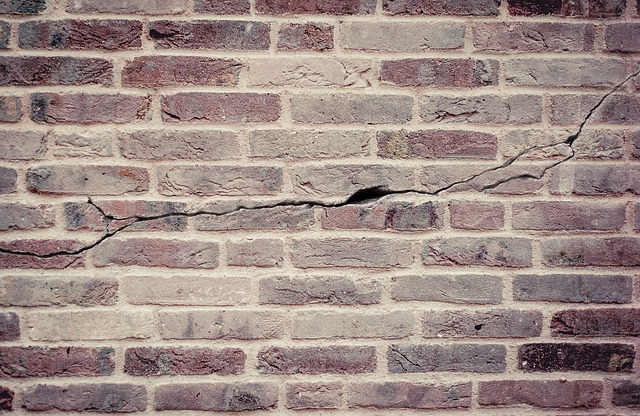
Concrete crack repair is a crucial aspect of maintaining and restoring the structural integrity of concrete slabs. The techniques employed can vary depending on the severity of the cracks, but several effective methods exist to ensure long-lasting repairs. One common approach involves using epoxy injections, which not only fill the cracks but also bond with the surrounding concrete, strengthening it. This method is particularly useful for controlling further crack propagation and preventing structural damage.
Another widely used technique is carbon fiber reinforcement, where strips of carbon fiber are placed over or within the crack to enhance its strength. This eco-friendly solution offers excellent tensile strength while adding minimal weight, making it ideal for restoring sidewalks, driveways, and other surfaces without causing additional strain on the structure. Proper preparation of the concrete surface before applying these techniques is essential to ensure adhesion and long-lasting results in crack repair.
Choosing the Right Materials for Slab Restoration

Choosing the right materials for concrete slab restoration is paramount, as it directly impacts the durability and aesthetic appeal of the final repair. When addressing cracks, the goal is to match the existing slab material as closely as possible. This ensures a seamless integration that preserves the structure’s integrity. For example, using a high-quality epoxy for crack repair in a heavily trafficked area may be preferable due to its strength and resilience. Conversely, for decorative slabs or areas with less foot traffic, a thin layer of polymeric mortar could suffice, offering a lighter touch that still effectively fills and prevents future cracks.
Professionals should also consider environmental factors, such as moisture levels and regional climate, when selecting materials. Moisture can cause many concrete issues, including weakened structures and rapid degradation of repairs. Using water-resistant or moisture-cured products ensures long-lasting results. Additionally, understanding the slab’s history—its age, original construction quality, and any previous repairs—helps in choosing materials that align with the slab’s unique needs, ensuring a successful restoration that can withstand the test of time.
Step-by-Step Guide to Professional Crack Filling

Professional crack filling is a precise process that restores concrete slabs to their structural integrity and aesthetic appeal. Here’s a step-by-step guide for tackling this task effectively:
1. Inspect and Assess: Begin by thoroughly inspecting the slab to identify the extent and type of cracks. Different crack patterns may require specific repair methods, so understanding the issue is crucial. Take note of any existing repairs or reinforcement to guide your approach.
2. Clean the Crack Area: Ensure the crack is free from debris, dust, oil, or loose concrete. Use a wire brush or power washer to thoroughly clean the area. This step is vital as it ensures proper adhesion for the filling material and prevents future issues due to contaminants.
Ensuring Long-Lasting Results: Tips for Concrete Slab Maintenance
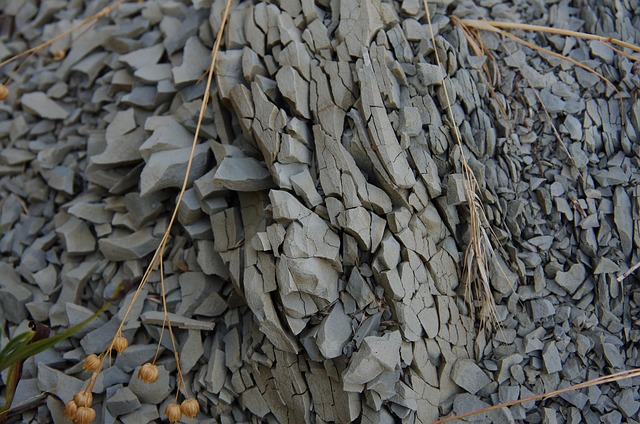
Maintaining concrete slabs is essential to ensure long-lasting results and prevent costly repairs. Regular inspection is key; regularly check for any signs of damage, cracks, or uneven surfaces. Addressing issues early, especially minor cracks, can prevent them from expanding and causing structural problems.
Proper crack repair techniques are vital. Use high-quality epoxy or polyurethane-based products designed for concrete restoration. Fill the crack completely and ensure the material is level with the slab’s surface. After repair, apply a protective sealer to enhance durability and shield against moisture penetration, which can weaken the concrete over time.
Common Mistakes to Avoid During Concrete Restoration Projects

Concrete restoration projects, while seemingly straightforward, can be fraught with common mistakes that compromise the final results. One of the most frequent blunders is neglecting to properly assess the extent of damage before beginning repairs. This often leads to inadequate crack repair, as subtle cracks might appear more severe than they are, requiring different techniques and materials than initially thought.
Another mistake is using unsuitable products or methods for specific restoration tasks. For instance, applying epoxy patches without addressing underlying issues can result in temporary fixes that fail over time. Additionally, poor preparation of the concrete surface before application of sealers or coatings can lead to poor adhesion, premature fading, and an uneven finish. Always remember: thorough research, accurate assessment, and adhering to manufacturer guidelines are key to successful crack repair and long-lasting results.
Case Studies: Successful Crack Repair and Transformation
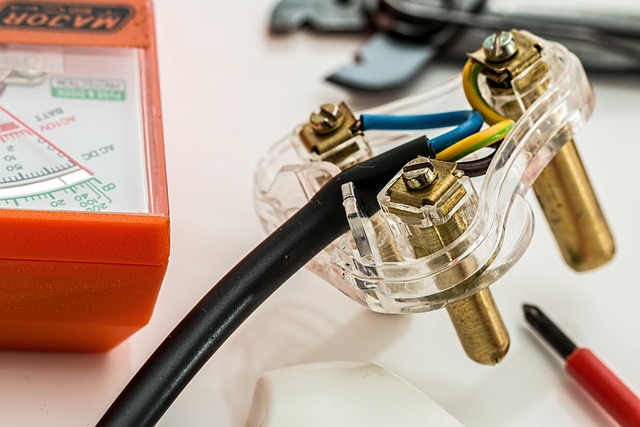
Concrete slabs, over time, can sustain cracks due to various factors like settling, shifting ground, or age. However, these cracks don’t necessarily mean the end; they can be repaired and transformed into aesthetically pleasing features. Case studies from around the globe showcase successful crack repairs that have revitalized old concrete surfaces.
In urban areas, where concrete slabs are prevalent in buildings and sidewalks, crack repair techniques have evolved to meet the challenges of heavy foot traffic and environmental exposure. Experts use advanced epoxy injections to fill cracks, ensuring long-lasting durability. These methods not only fix structural issues but also prevent further damage, enhancing the life expectancy of the concrete. The transformation is remarkable—cracked slabs are restored to their original strength and appearance, contributing to a more aesthetically pleasing urban landscape.
